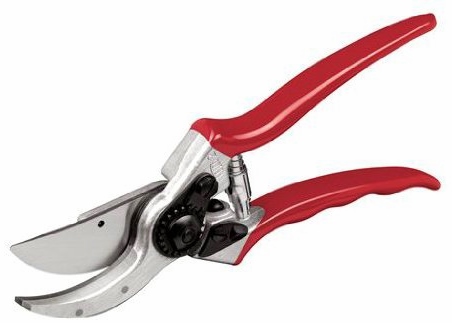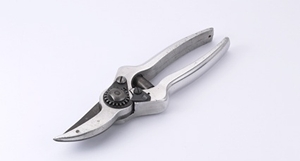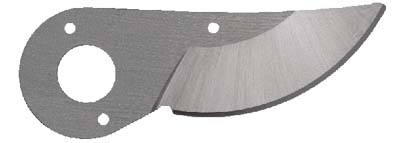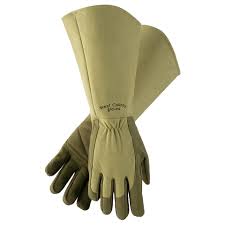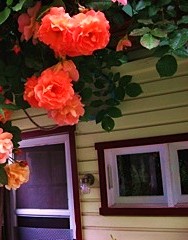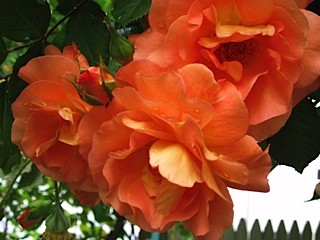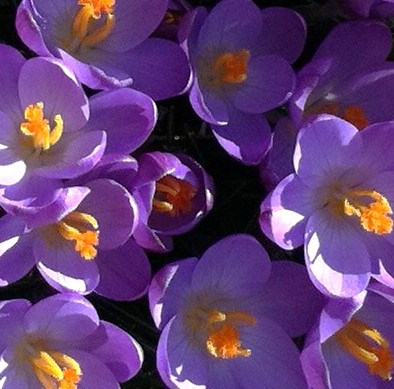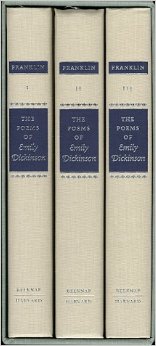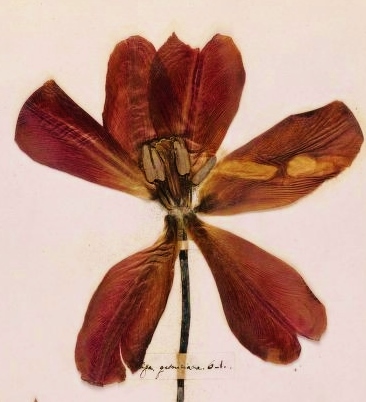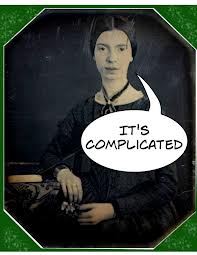Native bees and honey bees active in late winter and early spring require flowers that provide both nectar and pollen. Bees are lured to the flowers of many beautiful spring bulbs and wildflowers, and these should find a home in every garden so that you, too, can feed the bees

A honey bee collects pollen from Crocus tommasinianus ‘Barr’s Purple’ blooming in my meadow 9 March 2013

Crocus flowers provide a good source of both nectar and pollen for native and honey bees in late winter and early spring
Pollen, rich in proteins, minerals, and nutrients, is collected and stored to feed larvae and make royal jelly. Besides crocus, bees collect pollen from several other minor bulbs flowering in late winter and early spring: common snowdrop (Galanthus nivalis), winter aconite (Eranthus hymenalis), Iris reticulata, Siberian squill (Scilla siberica), and grape hyacinth (Muscari armeniacum)

Common snowdrops (Galanthus nivalis) lure bees to pollinate their flowers blooming in the field across from my house 21 March 2014

For Iris reticulata bees are its most important group of pollinators. ‘Pixie’ is more compact than the species, blooming in my garden 6 March 2012
 Siberian squill (Scilla siberica) produces blue pollen; bees don’t mind. Blooming in Jane’s garden 6 April 2014
Siberian squill (Scilla siberica) produces blue pollen; bees don’t mind. Blooming in Jane’s garden 6 April 2014

Bees pollinate grape hyacinth (Muscari armeniacum) and collect its pollen blooming in my garden 30 March 2012
Hellebores provide a rich source of pollen
Early blooming perennials also entice bee pollinators and are a rich source of pollen. High on my list of favorites are hellebores (Helleborus spp), 16 species of winter and early spring-flowering beauties native to the mountains, forests, and open woodlands of Europe and Asia, with the widest distribution centered in the Balkans

Helleborus x hybridus and giant snowdrops (Galanthus elwesii) blooming at the Morris Arboretum, University of Pennsylvania 25 February 2012

Helleborus x hybridus blooming at the Morris Arboretum 25 February 2012
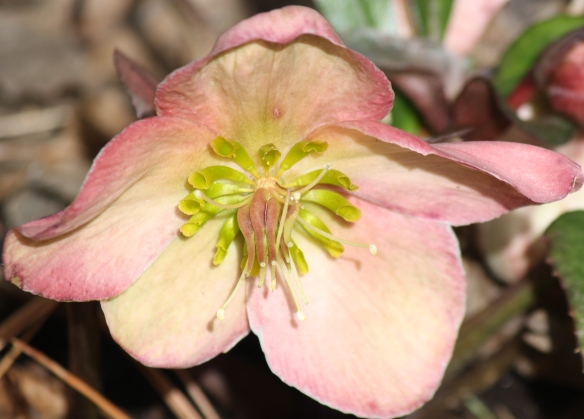
Helleborus x ericsmithii ‘Candy Love’ blooming in my garden 9 March 2013
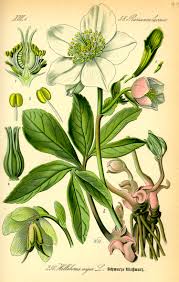
In Europe, Ireland, and the UK, first on the scene is Christmas rose (Helleborus niger), often blooming from December to April. It is true that Helleborus niger, or more likely hybrids of Helleborus x ericsmithii—the result of three interspecies crosses including Helleborus niger—may bud and bloom on an unseasonably warm winter day in my garden, but generally Helleborus species and hybrids begin flowering in late winter and early spring (March-April) and continue until it gets hot. I grow hellebores in a protected site by the house, so I can enjoy their early blooms; yesterday I finally saw lots of fat buds; bee pollinators are sure to be visiting soon

Christmas rose (Helleborus niger) blooming in my garden 12 March 2012
Most hellebore plants are hybrids of the Lenten rose (Helleborus x hybridus). In my garden, many of these hybrids are selections I grew from seed or selections grown from seed at the Morris Arboretum

Helleborus x hybridus in bloom in my garden 9 March 2013
I also grow some commercial hybrids including ‘Royal Heritage Strain’ Lenten Rose patented by Wayside Gardens and widely available
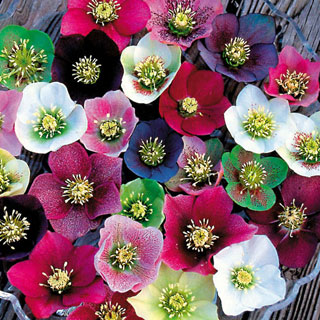 Helleborus x hybridus ‘Royal Heritage Strain’
Helleborus x hybridus ‘Royal Heritage Strain’
Bees collect pollen from all Helleborus flowers and are attracted to both fragrant Helleborus odorus as well as stinking Helleborus foetidus, and the amazing green flowers with purple reverse of Helleborus purpurescens. Like the bees, I’ve never seen a hellebore I could resist collecting

Stinking Hellebore (Helleborus foetidus) Morris Arboretum 25 February 2012

Amazing green flowers with purple reverse of deciduous Helleborus purpurescens
There are 4,000 native bee species; they pollinate 80% of all flowering plants, including 75% of fruits, nuts, and vegetables. Native trees, shrubs and wildflowers provide significant forage for many native bee pollinators active in early spring who visit: maple (Acer spp), willow (Salix spp), tulip tree (Liriodendren tulipifera), Sassafras, redbud (Cercis canadensis), horse chestnut (Aesculus spp), cherry, plum, almond (Prunus spp), apple, crabapple (Malus spp), persimmon (Diospyros viriginiana); and shrubs: mountain laurel: (Kalmia latifolia), native azaleas (Rhododendron spp), serviceberry Amelanchier spp)

Tulip tree, redbud, flowering cherry, and red maple blooming on Hendren Street 6 April 2012
Native wildflowers are also good pollen and nectar sources for native bees active in early spring: Bloodroot (Sanguinaria canadensis), Virginia Bluebells (Mertensia virginica) Trillium spp, Pulmonaria spp, spring beauty (Claytonia virginica) attract bees and other pollinators. Many native bees are specialists, like the trout bee (Andrena erythronii), which pollinates trout lily (Erythronium americanum), but bumble bees are generalists and require a succession of flowering plants from early spring to fall.

Virginia Bluebells (Mertensia virginica) attract numerous pollinators: bumble bees, hummingbirds, and butterflies
Commercially important native plant species–blueberry, cranberry, sweet cherry, almond, pumpkin, squash, tomato, and eggplant–evolved with their specialized native bee pollinators. So, Southeastern blueberry bee (Habropoda laboriosa) is the single as well as the most efficient pollinator of Southern highbush blueberry

‘Sunshine Blue’ Southern highbush blueberry (Vaccinium spp) has its specialized Southern blueberry bee pollinator to ensure pollination
Spring flowers and their pollinators respond to the shorter nights and warming day temperatures of late winter and early spring. While some plants use specialized pollinators, others employ numerous pollinators as backup to ensure pollination. When winter aconite (Eranthus hymenalis) comes into flower in my garden, a cast of pollinators shows up including honey bees, bumblebees, and a species of fly

winter aconite, (Eranthus hymenalis) in bloom in my garden 5 March 2013

a fly visits winter aconite (Eranthus hymenalis) in my garden 5 March 2013: one of several pollinators lured to pollinate its flowers
Plant reproduction has built in pollinator redundancy to ensure pollination; plants and their pollinators evolved together to ensure the survival of the flora. Michael Pollan terms this phenomenon The Botany of Desire. His book and film describe the ingenious ways plants lure their pollinators and seed disseminators to work for them and guarantee their survival. It’s a neat trick of nature that can be seen in action in any garden in any season

Dodger, the cat, unwittingly plays his part to ensure the survival of the flora




In late summer and autumn, I know my cat Dodger has been hunting in the meadow, not because he brings home a mouse, although I do sometimes find a real (dead) one among the toys, but because he’s got tiny burs sticking to his fur, especially on the underside of his tail. He’s been unwittingly employed by Virginia stickseed (Hackelia virginiana) to disperse its seeds and thereby help to ensure its survival. Dodger plays only a small part in disseminating the seeds of this highly successful biennial weed, invading my meadow and my neighborhood

Virginia stickseed (Hackelia virginiana)
Virginia stickseed is a native woodland biennial, which forms a rosette of leaves during the 1st year. During the 2nd year, it grows into an awkward, wispy plant about 3′ tall, branching horizontally. It flowers, fruits, disperses its seeds, and dies. Inconspicuous white flowers are 1/8 inch and appear in summer, followed by a tiny, round fruit, divided into four nutlets. The surface of the fruit is densely blanketed with prickles, creating a bristled husk, or bur, protecting the seeds.

Fresh or dried, these tiny burs bond like adhesive to fur and clothing. The plant’s perfect seed dispersal design was copied by George de Mestral, the Swiss inventor of Velcro. Resistance is futile: the tiny burs stick fast to animal and human passersby.

Any who wander into stickseed come out covered in peppercorn-burs, containing its seeds which we disperse far and wide, ensuring the survival of the flora

Mowing will prevent flowering, and eventually stickseed will be eradicated. it is a biennial, so it has no persistent root. Just saying, I’m taking my own plant doctor advice, and I’ll let you know if it works.
Virginia stickseed (Hackelia virginiana) has been used medicinally by the Cherokee as a drug: a compound decoction of bruised root has been made into an ointment and applied to itchy skin; a decoction has been used for kidney trouble; stickseed was also thought to improve memory, but best of all–when you long for that special someone to be stuck on you, stickseed is a fail proof love charm
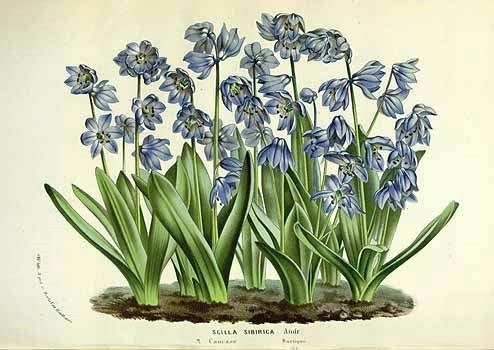
More About Bees and Forage Plants
Bee Basics
Improving Forage for Native Bee Crop Pollinators
Bee Forage Plants
More About Hellebores
Hellebores: Stars of Wonder
 Dodger surveys his kingdom
Dodger surveys his kingdom






















































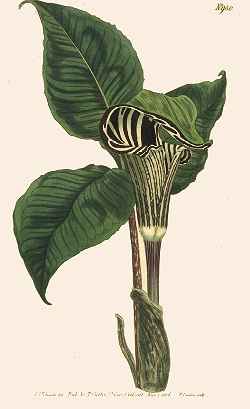


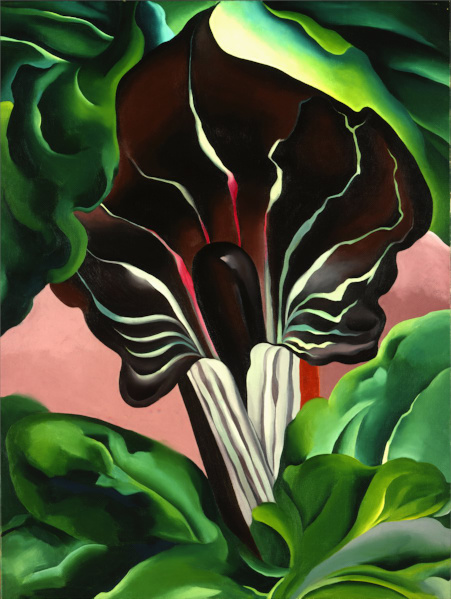


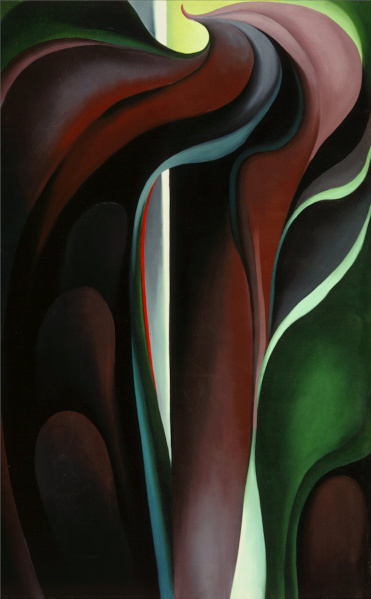
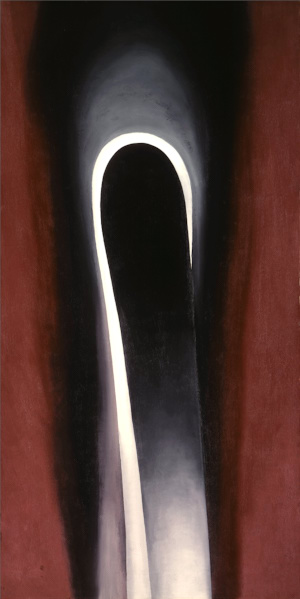

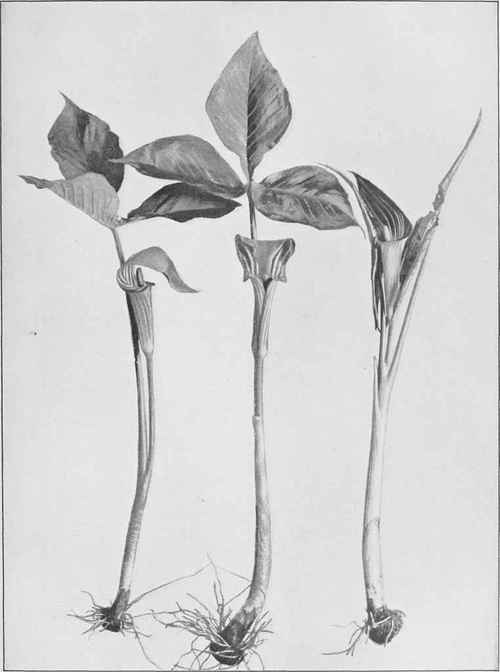

![Vol. 02[1], t.150: Epimedium alpinum](https://mckeonsgarden.wordpress.com/wp-content/uploads/2014/05/e-alpinum-18131.jpg?w=584&h=894)





























